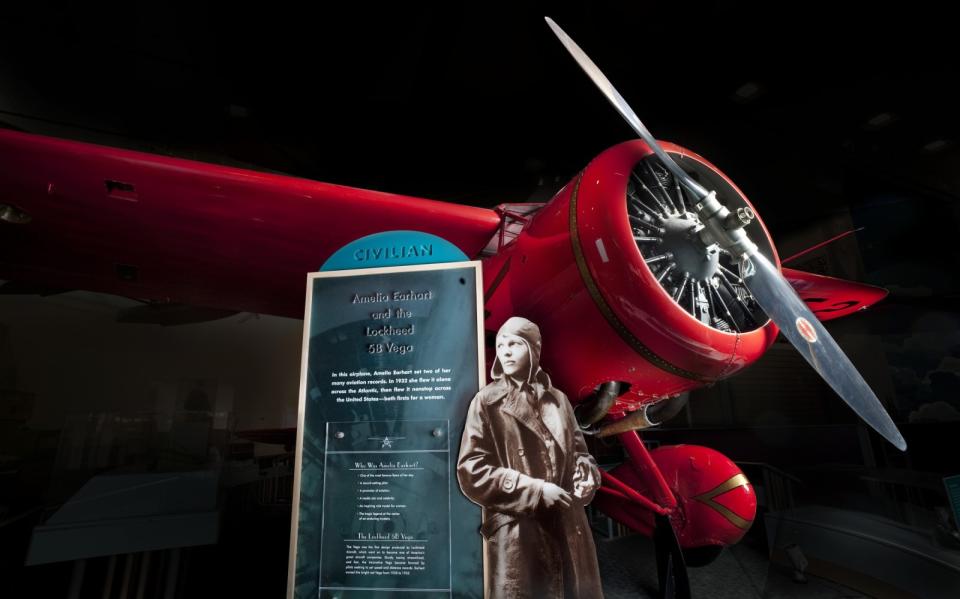Smithsonian opens up 2.8 million images to the public
The content is available for free through a new Open Access platform.
The Smithsonian Institution is releasing a whopping 2.8 million high-res, two- and three-dimensional images from its collections to a new Open Access online platform. The material comes from all 19 Smithsonian museums, nine research centers, libraries, archives and the National Zoo, and it's available for free to anyone with a web browser.
The Smithsonian is encouraging the public to view, use and reuse the content however they see fit. The collection is listed under a Creative Commons Zero (CC0) license, which removes previous restrictions and copyrights, and it includes everything from portraits of Ida B. Wells to images of Amelia Earhart's Lockheed Vega 5B, 3D models of the miniscule, like the Eulaema bee, and models of the gargantuan, like Cassiopeia A supernova remnant.
The material represents almost two centuries of scientific data, and the Smithsonian says this is just the beginning. Throughout the rest of 2020, it will be adding another 200,00 images, with more to come as it digitizes the 155 million items in its collection.
"The sheer scale of this interdisciplinary dataset is astonishing," Simon Tanner, an expert in digital cultural heritage at King's College London and an advisor for the Open Access Initiative, told Smithsonian Magazine. "It opens up a much wider scope of content that crosses science and culture, space and time, in a way that no other collection out there has done, or could possibly even do. This is a staggering contribution to human knowledge."
If you're not sure where to dive in, you might enjoy the 3D model of the space shuttle Discovery. Thanks to a partnership between the Smithsonian and Cesium, a shareable, high-res 3D rendering is available through Open Access, allowing anyone to rotate, zoom in and study the space shuttle up close.
"We are proud that our technology will give researchers, educators, and the public the ability to study 3D models in the Smithsonian's collection in the highest resolution detail from anywhere in the world," said Cesium CEO Patrick Cozzi.


